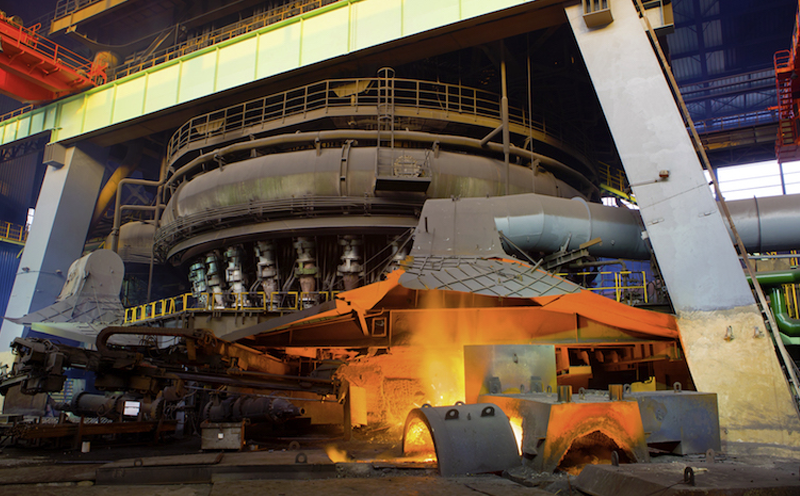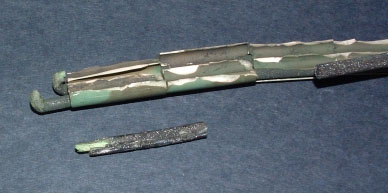
 How Green Rot Affects K-type Thermocouple Temperature Sensor
How Green Rot Affects K-type Thermocouple Temperature Sensor
When the K-type thermocouple is exposed to the temperature between about 800 ° C and 1260 ° C and the oxygen concentration is low, the green rot is most obvious. This problem will lead to negative drift, inaccurate measurement, and even open circuit due to breakage caused by embrittlement. In applications where oxygen supply is sufficient or there is no oxygen at all, green rot will not occur.
Industrial thermocouples with low price, fast response, durability and self power supply are the first choice for temperature measurement and are widely used in many applications. The thermocouple consists of two wires (legs) made of different metals (alloys), which converge at one end to form a measuring point (heat junction).
There are many types of thermocouples, indicated by letters. Due to the specific pairing of conductors, each type has different temperature and EMF (electromotive force) characteristics. Some thermocouples perform better at lower temperatures, while others record too much EMF even at higher temperatures.
The most commonly used thermocouple is Type K, which works well over a wide temperature range - from - 200 ° C to 1260 ° C. Its positive pole is made of NiCr alloy, while its negative pole is made of NiAl alloy (ferromagnetic).
Although Type K thermocouples are sturdy and durable, like all thermocouples, they will lose accuracy over time and under different operating conditions. "Green rot" is one of the problems that affect the universal temperature measuring equipment.
What is green rot?

Examples of green rot
Green rot is another name for chromium oxidation. It occurs at high temperatures - typically between 800 ° C and 1260 ° C - and when the process occurs in a low oxygen environment. The oxide layer on the surface of NiCr leg can generally prevent its oxidation. However, in the presence of hydrogen or other reducing agents, the oxidation of chromium will be accelerated. The result is a scale green corrosion on the positive leg.
With the oxidation of chromium, the usually nonmagnetic NiCr legs become magnetic, resulting in a decrease in the thermoelectric voltage at the reference junction (cold junction). The greater the corrosion, the greater the negative voltage drift, resulting in significant temperature measurement errors. Green decay will also make NiCr legs more brittle. If corrosion is not checked, the positive leg may break, open the circuit and make the equipment inoperable.
How to deal with green rot
Preventive measures can minimize the formation of green rot, thus ensuring accurate temperature measurement and prolonging the service life of K-type thermocouple. These steps include:
Clean and/or remove any reducing compounds from the inside of the thermocouple protection tube or thermowell.
Introduce additional oxygen to the thermowell.
Introduce inert gas into the thermowell.
Sacrificial oxygen absorbing titanium conductor is added to the thermocouple.
Use mineral insulated (MI) sheathed cables.
These precautions can minimize - but cannot eliminate - the formation of chromium oxide. This is why Type K thermocouples are most suitable for use in oxidizing or inert gas environments. For accurate temperature measurement in low oxygen environment, it is better to use another type of thermocouple. For example, the range of the N-type thermocouple is equivalent to that of the K-type thermocouple, but its positive pole is made of nickel silicon alloy, and the silicon is added with a layer of anti-corrosion protection.
Thermocouple is an ideal temperature measurement solution. However, in order to avoid green rot and other problems, users should carefully choose the application that is suitable for their application. Weilian produces several thermocouple series. Contact our experts for expert advice on which thermocouple is the best choice for your application. Tel./WeChat 18717811268 Huang Gong sales@weilianchina.com



